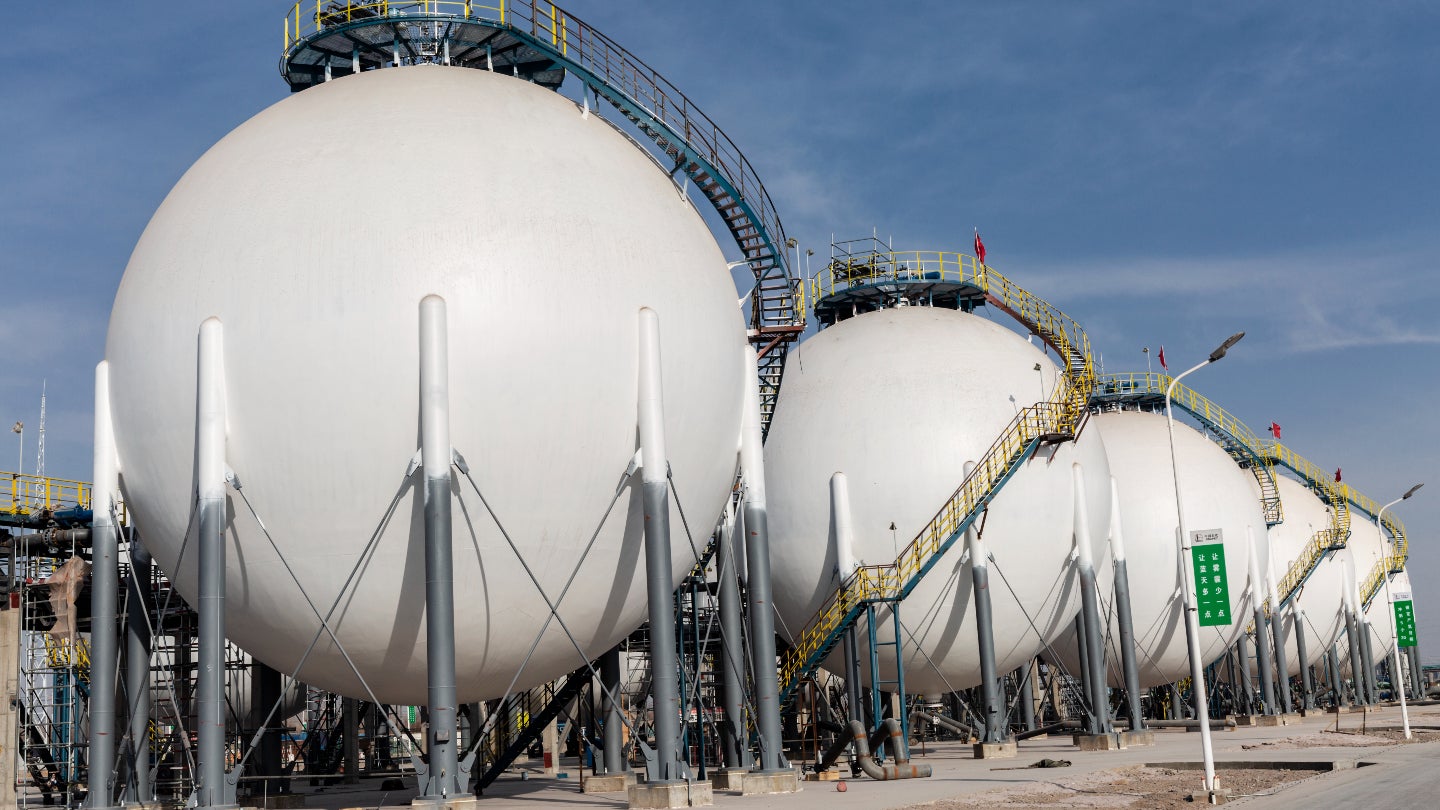
China has released its first national-level guidelines for standards within the hydrogen industry amid its already accelerating growth and in advance of a vast ramp-up through 2035.
The guidelines, announced last week by the country’s State Administration for Market Regulation, cover the production, storage, transport and use of hydrogen energy. They are aimed at helping to develop the industry.

Discover B2B Marketing That Performs
Combine business intelligence and editorial excellence to reach engaged professionals across 36 leading media platforms.
Of that, Yin Zhongshu, an analyst at Chinese state-controlled broker Everbright Securities, was quoted by the South China Morning Post as saying: “[The guidelines have] paved the way for the rapid development of the hydrogen-industry chain in the next few years. The development of hydrogen energy in the country is expected to speed up.”
Indeed, in March, China unveiled a green hydrogen development plan as part of its 2060 net-zero drive that projects the production of 100,000–200,000 metric tonnes of green hydrogen per annum by 2025 – figures viewed as selling short the country’s true ambitions in the area.
Martin Tengler, a lead hydrogen analyst for research company BloombergNEF, told Energy Monitor in May 2022: “We expect China will hit the target they set for green hydrogen this year with the projects they already have in the pipeline. If they don’t hit it this year, if projects get delayed for some reason, they will surely hit it next year.”
Tengler’s remark tilts at the already rapid growth of China’s alternative energy industry, in which GlobalData’s jobs analytics database identified a rise from 1,608 active jobs in 2020 to 17,933 in 2022 – a 1,115% increase over that period. The 2022 figure has already been nearly matched (17,661) eight months into 2023, with a trending total of 27,177 forecast for the full year.

US Tariffs are shifting - will you react or anticipate?
Don’t let policy changes catch you off guard. Stay proactive with real-time data and expert analysis.
By GlobalDataThe growing focus on hydrogen is reflected more broadly in the filings of Chinese companies, with significant increases in mentions of related terms since 2016 identified by GlobalData. References to "green hydrogen" have seen the sharpest growth among them.
Dayanand Kharade, practice head for petrochemicals and hydrogen at GlobalData, commented: "Backed by the country’s abundant sources of renewable energy to supply power for green hydrogen production, and with an aim to reduce its dependance on fossil fuels to contribute towards decarbonisation, China is set to add large 'low-carbon hydrogen' capacity. The country is set to add large capacity through its around 35 upcoming green hydrogen projects."
Exemplifying this, it was announced in July that China’s first 10,000-tonne per annum green hydrogen refinery project had begun operations. Energy and chemicals company Sinopec said the output hydrogen at its plant was being piped to local petroleum refining enterprises to replace the existing natural gas fossil energy as a power source.
GlobalData’s China Renewable Energy Policy Handbook 2023, meanwhile, notes that: “The top 11 provinces that have included hydrogen in their provincial five-year plans are Shanghai, Shandong, Hebei, Jilin, Liaoning, Guizhou, Guangdong, Shaanxi, Gansu, Guangxi and Inner Mongolia.”
Among the provincial policies are Shandong’s plans to introduce a hydrogen transportation corridor by 2025 and Guangdong’s target to produce 100,000 metric tonnes per year of hydrogen supplies.
Our signals coverage is powered by GlobalData’s Thematic Engine, which tags millions of data items across six alternative datasets - patents, jobs, deals, company filings, social media mentions and news - to themes, sectors and companies. These signals enhance our predictive capabilities, helping us to identify the most disruptive threats across each of the sectors we cover and the companies best placed to succeed.



